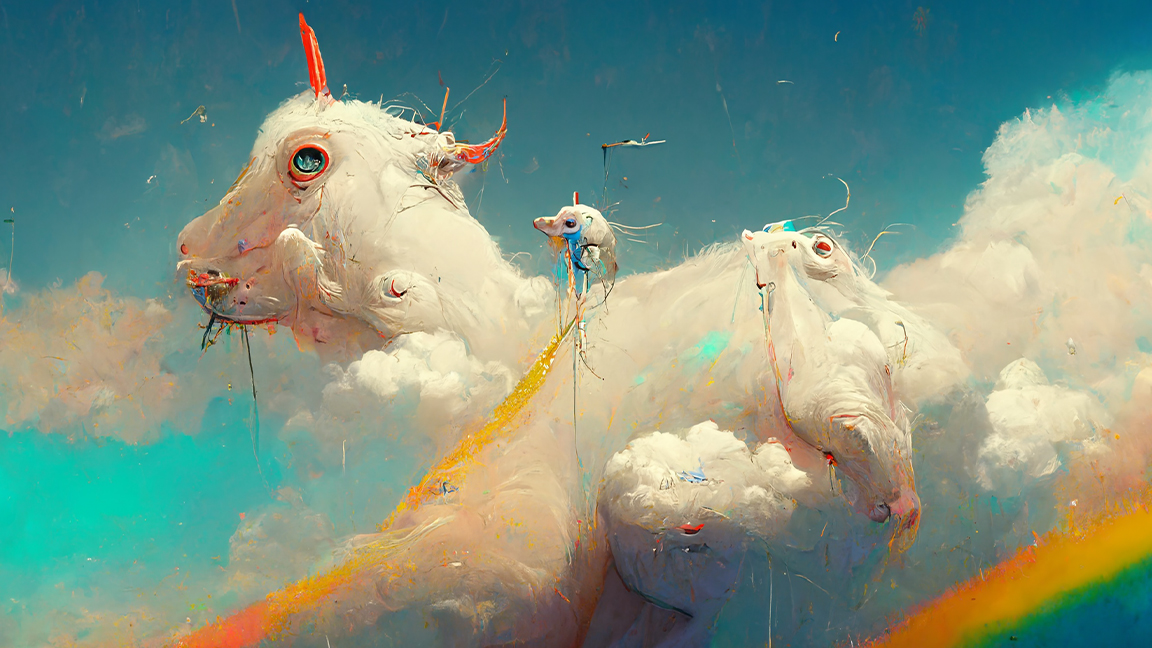
The integration of AI art into various industries has become an intriguing topic, and a contentious one. AI art is becoming more prevalent in art and design, with AI algorithms and generative software changing the way creative studios approach projects.
For some the rise in use of AI generators is as much an intellectual coup as it is a revolution, with many artists, fearing their work is being stolen or their jobs lost, have asked 'what can stop generative AI art?' while others have embraced the use of AI to speed up workflows. Chris Colman, executive producer at production company Final Frontier is one of those who see a use for AI, but in limited and specific ways, and with caution.
He tells me his production company uses AI to generate mood boards to set the tone of a project and show clients, at a very early stage, a selection of ideas. Artists are then brought on board to flesh out designs.
Colman explains: "With AI and imaging software we're able to basically create a clearer picture of where we're going from the beginning. I've heard it described as allowing art directors to fail fast, meaning that, we can show a lot of concepts and clients can rule out what they don't like; it's been quite useful in some projects."
AI art is here to stay
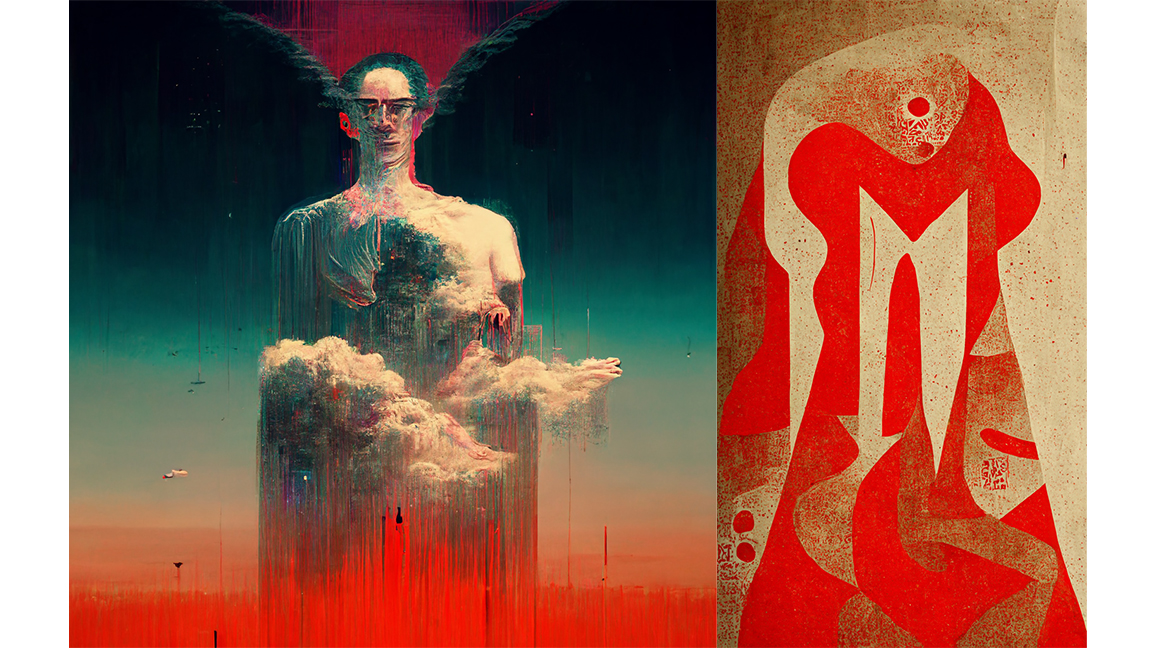
For Colman AI has found its place in the pre-production phase of art and animation projects, streamlining processes, conceptualising ideas and aligning vision with clients. He's clear when talking with me that AI is for internal use only and is focused on presenting clients with more ideas as possible because clients don't always know what they want but "they often know what they kind of don't want".
By utilising AI and generative art apps production companies like Final Frontier can create a clearer picture of their creative direction from the beginning, reducing the risk of misunderstandings or ideas lost in translation. It ensures a project can go ahead quicker than before. "So it's kind of supporting [our artists] at the moment, it's definitely not replacing them in our workflow," he clarifies.
AI technology enables art directors to experiment with a multitude of concepts, allowing clients to provide feedback and rule out unwanted elements promptly. Particularly, as Colman shares, in projects where clients may struggle to articulate their preferences. AI tools help deliver more concise and focused visuals, setting projects on the right track from the start. So what's not to love?
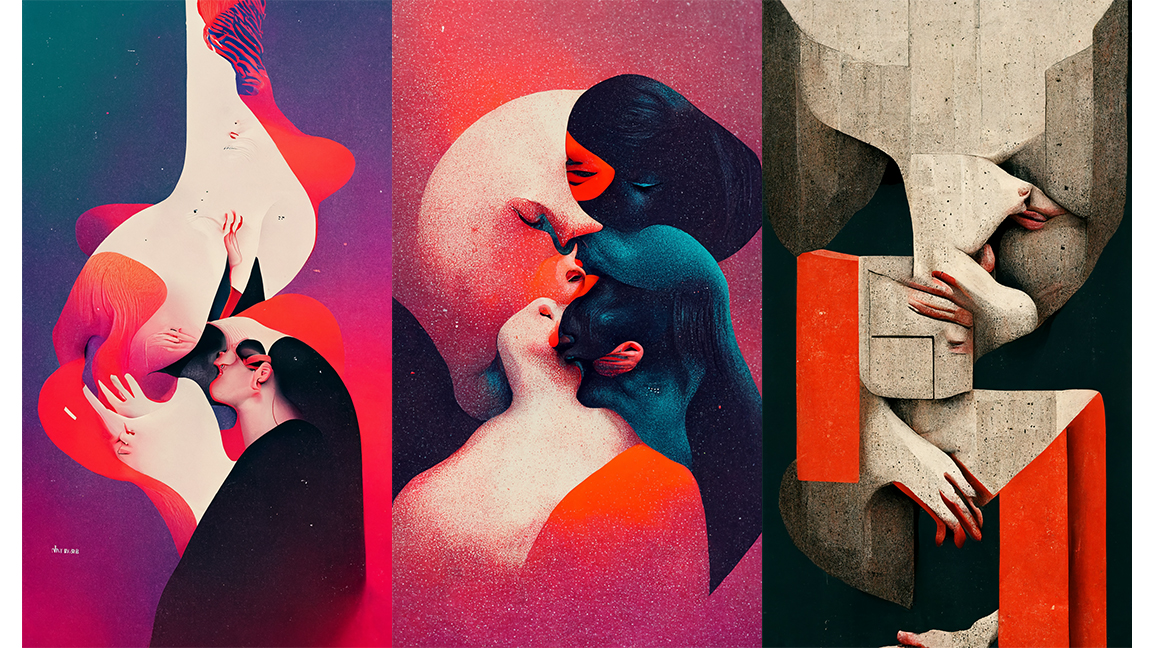
The clue is in Colman's caveat to how Final Frontier uses generative AI; it's only used internally and at a very early stage. From the moment a mood pitch is agreed "everything is then created by ourselves and everything is original," he says, adding: "And that's the big con, as everyone knows now, the copyright issue is huge [with Ai art generators]."
Colman is referring to the anger amongst artists, as seen on protests on ArtStation, who have had their work stolen and scraped to use in generative AI apps. For Colman this issue means anything created using AI can't realistically be used in public-facing projects.
"From what I can tell, it's not really been solved, or we're not seeing how it's going to be solved yet," says Colman. "So I think, in a professional context, in terms of work that actually will be published and seen by the public, I think there's still a way to go yet."
We believe in artists and their craft and the hours and years that they put into developing that craft
Chris Colman, Final Frontier
While AI brings undeniable benefits, the issue of copyright infringement looms large in the creative industry. The ease with which AI algorithms can generate images and mimic artistic styles raises ethical and legal concerns. Studios and artists are cautious about adopting AI extensively until copyright issues surrounding AI-generated work are adequately addressed. In particular the video games industry has reportedly placed a ban on the use of AI image generators, perhaps until the copyright issue is resolved. Getty too, has banned AI art.
While Colman says Final Frontier and other studios are looking at ways to incorporate AI "to increase efficiency and ultimately increase creativity", and after all, it's not going away, it's being done at arm's length. Speaking with Colman there is a sense of reality colliding with moral and behavioural issues.
He's clear artists need to be supported and respected: "We believe in artists and their craft and the hours and years that they put into developing that craft, and we want to support that in whatever way we can," he says. "We are encouraging people to bring these tools into their workflow, but do it in a way that's conscious and deliberate."
The future of generative AI art isn't clear cut
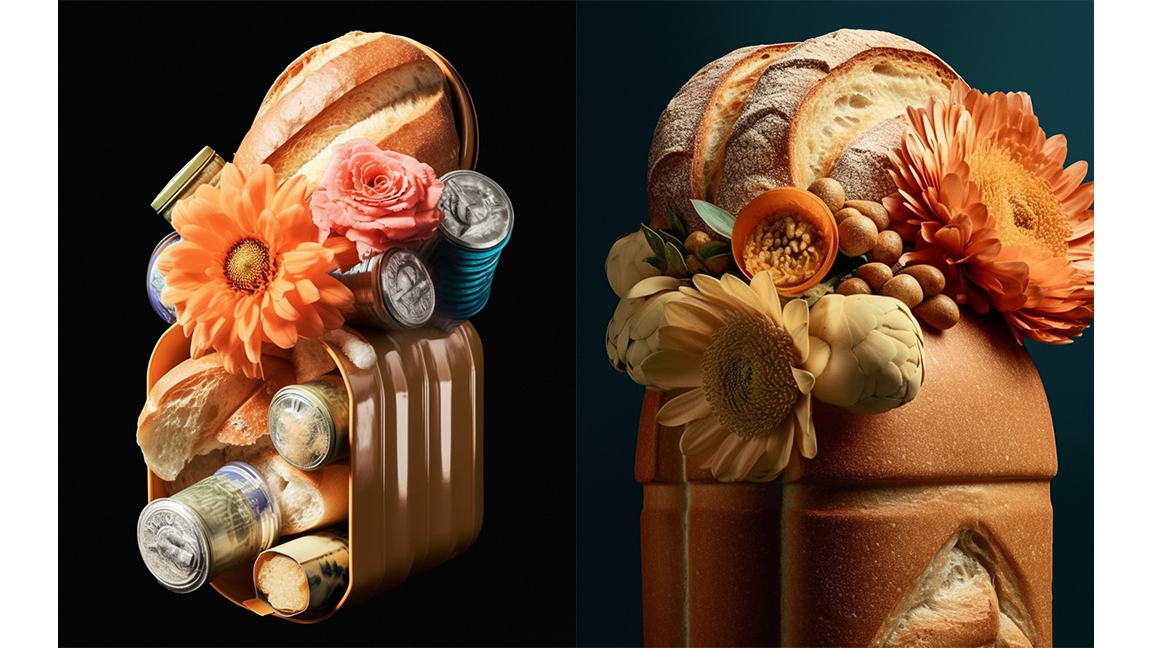
As we talk and pick our way through the issues surrounding generative AI it becomes clear the future of art and design, animation and filmmaking, and creativity in general, isn't as clear cut between those for and against AI. For many it's muddy and the reality is AI is here to stay, and for Colman when the "hype cycle" dies down and our obsession with weird AI images ends, the material changes the technology makes will become clearer.
He first stresses that "we will have to be in it together and all make sure there's an alignment on the ethics around [AI], because we're all in danger of having our copyrighted work stolen and reused." It's a telling point to make, unless you engage with generative AI art and influence the ethical uses of it, someone, or some other agency, some "dark forces" as Colman teases, will decide the future uses for you.
Colman shares how despite the potential of AI, the future of art and design could likely continue to rely on handmade and physically crafted works. There's an innate need for physical connection, touch and engagement with tangible creations that an AI simply can't replicate.
"Ultimately human beings are animals and we need physical connection," he says. "We need physical touch, and we need to engage with things and I think physically made arts, physically made crafts are going to remain very important, if not become more important as an alternative to this kind of digital onslaught that we're facing at the moment."
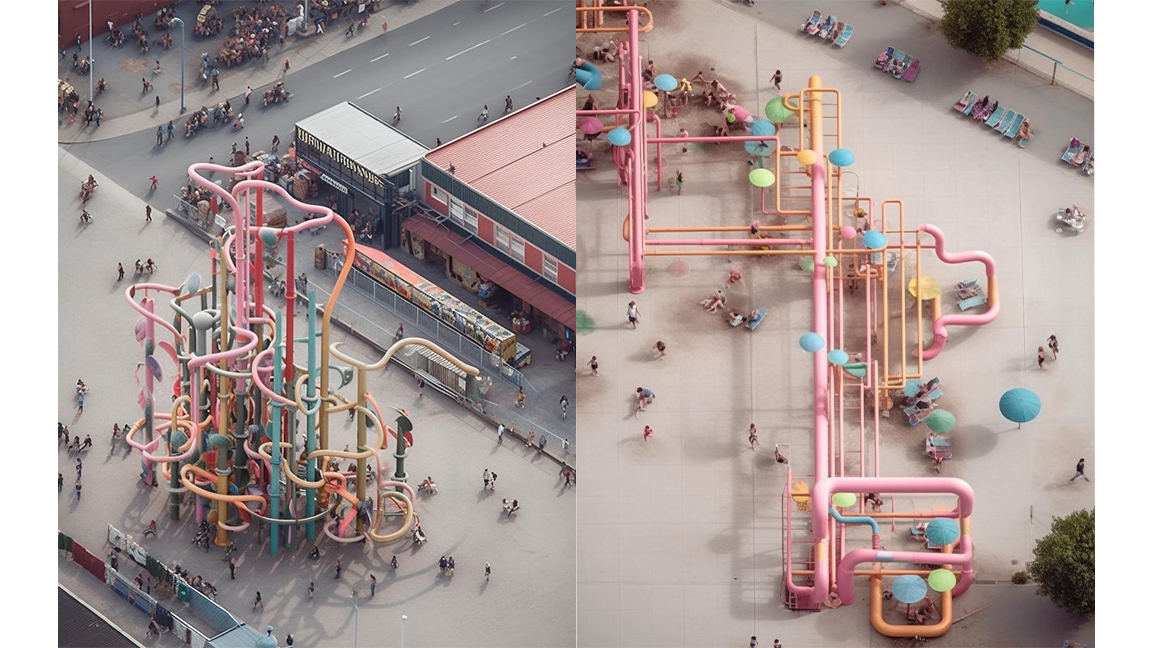
The value of craft, quality execution and the stories behind artworks will remain significant, serving as a counterbalance to the digital onslaught of the information age. AI-generated content can inspire creators to push the boundaries of originality, encouraging us to think even more creatively and retain distinct artistic voices.
For Colman, this means there will always be a need for human creativity and art direction in projects. "We can't just pump out endless rounds of iterated ideas, there's always got to be that creative vision from the start before we even generate one image," he says.
Once images are generated they need curating and evaluating, and that's where an artist's eye and interpretation can come invaluable. AI art can also be "a bit generic" says Colman, explaining, "I think artists, creative people, will always push back against the generic and the standard, and I think the fact that we have these tools now that can generate this massive volume of content so quickly, is actually going to inspire human creators to be more original, to think more creatively than they could before".
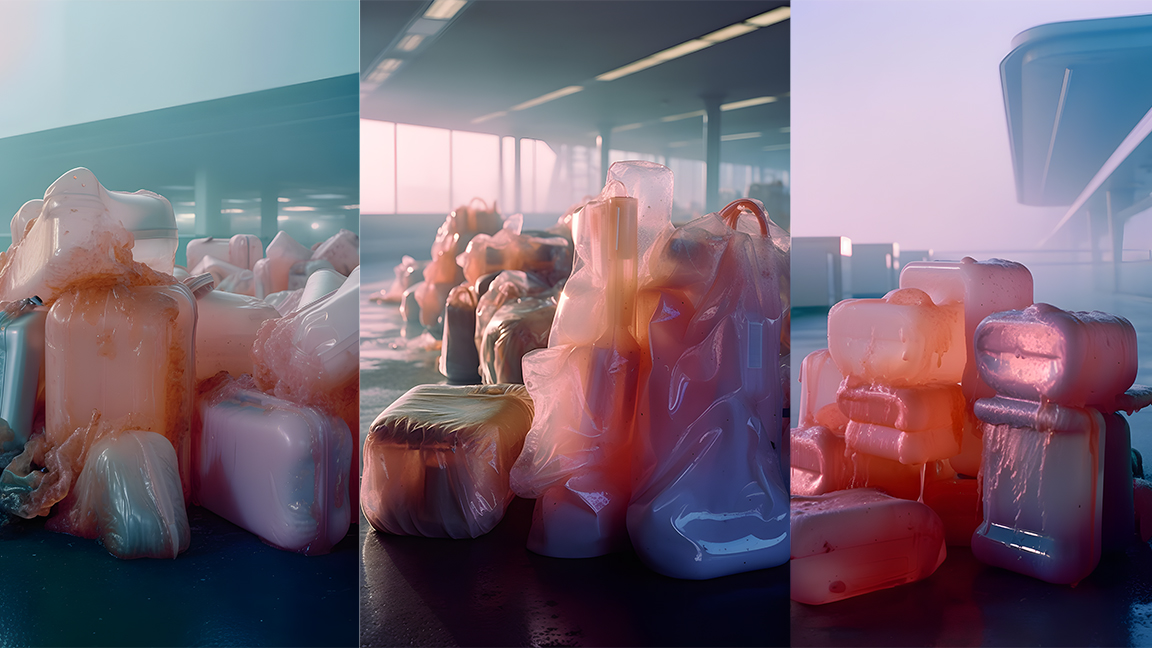
In light of Colman's comments, it's interesting to view the current role of AI in art and design as one that revolves around generating mood boards and concepting iterations on an idea. In this use AI art generators support artists rather than replace them, enabling larger and more diverse mood boards and targeted art creation.
Human curation, from the initial concept to the final execution, remains crucial in the creative process. The ability to interpret, refine, and curate AI-generated content adds value to the work produced. While AI offers exciting possibilities, it is important to maintain a balance between technology and human creative vision.
The impact of AI on artists and studios is multifaceted. For directors, art directors, and creative storytellers, including AI-generated imagery in portfolios can demonstrate creative possibilities, says Colman. Many reading this may flinch, but for some creative roles you may need to show how you use and include AI generative art in your workflow, and in your portfolio.
"If you're looking at directors, art directors, creative directors and storytellers, I think it's going to be valid to have AI-generated imagery in their portfolios, because in the end that alone will not impress anyone, we're already seeing that people don't care about an AI-generated images in and of themselves," details Colman. "I think what's going to resonate with whoever's looking at a portfolio is the story, the idea behind that visual."
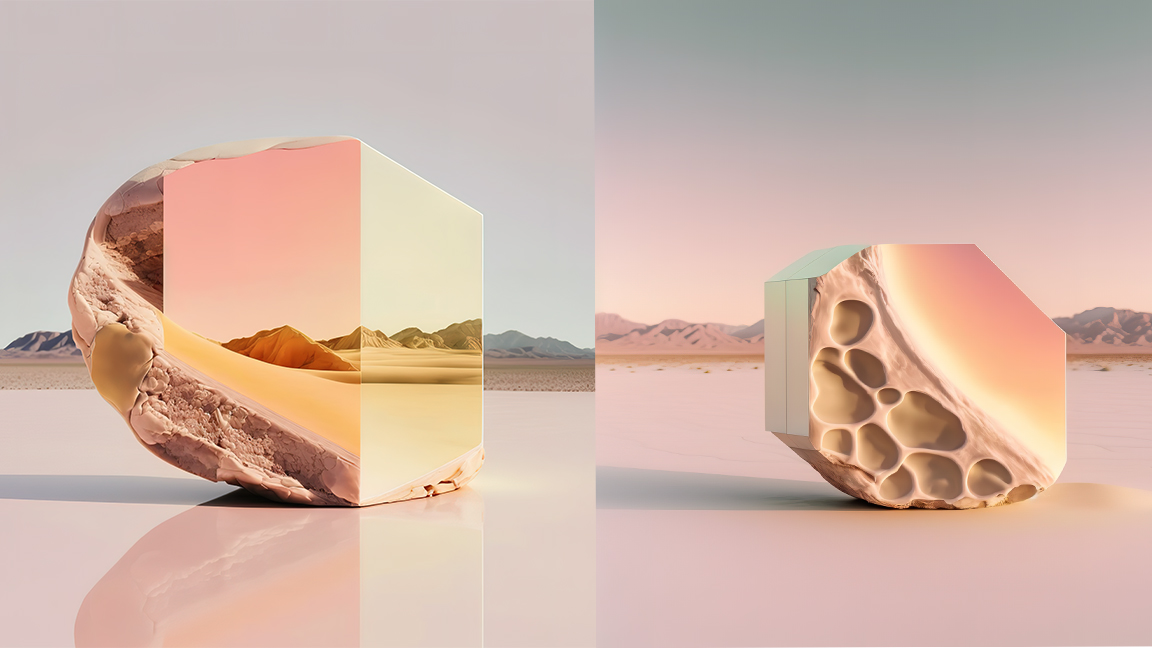
The story and the real-world implementation of those ideas remain vital aspects that resonate with clients. The concept art industry, requiring deep technical skill, faces a more uncertain future. The art community must carefully navigate how AI-generated images are perceived in relation to traditional hand-painted art. While the future landscape remains unclear, opportunities may arise from the increased demand for content, allowing artists and studios that value craft and quality execution to thrive.
AI holds great promise for the art and design industry, with the possibility of revolutionising pre-production processes and inspiring creativity. Recent discoveries such as the AI editing tool DragGAN as well as Adobe Firefly are proving it can be done ethically. But it also comes with innate dangers and threats to jobs, creativity and copyrights.
We're on the first steps of how AI will be used and it's important to engage and dictate how the technology will be utilised in the future. Many believe there's a place for AI in the creative process, just as many dislike it, but what this looks like and how it works is yet to be defined, and that's the real danger with generative AI art. If you don't engage you're possibly giving up you ability to affect and control how AI will be used in the future.







